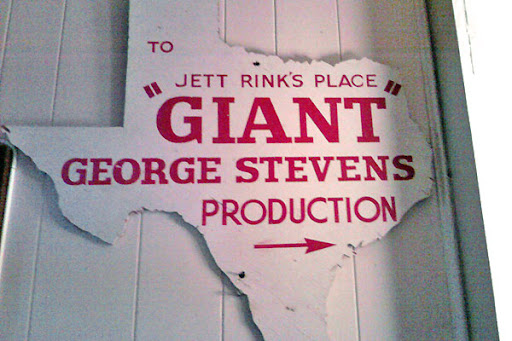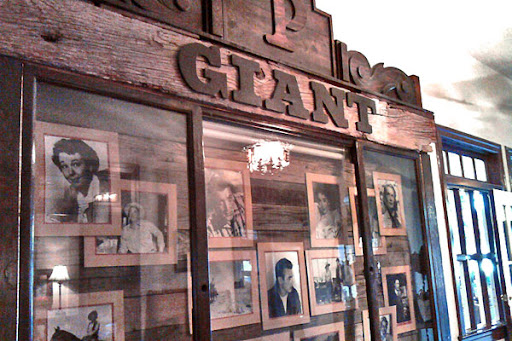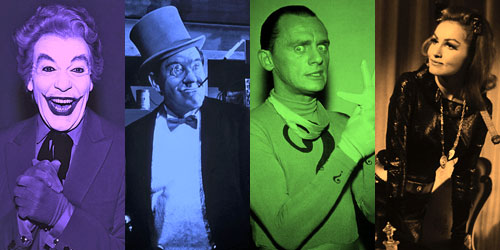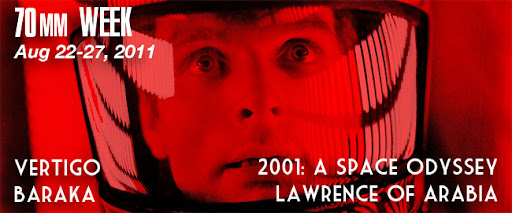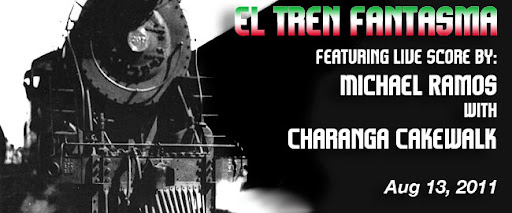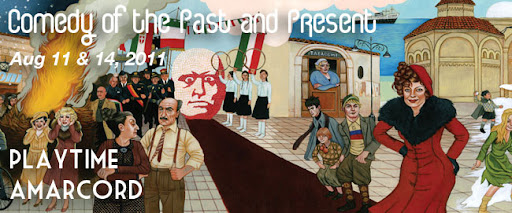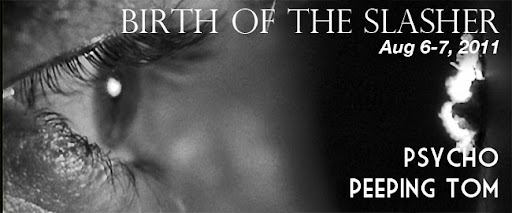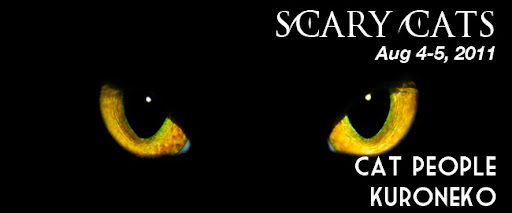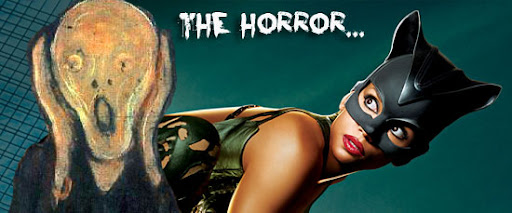
And so we've come to the end of the road.
Boyz II Men allusions aside, it's a happy and somber moment for fans of the Summer Classic Film Series. Sad because it this film marks the finale of another summer of classic film. Yet, it is a cause of celebration because it sees the return of Gone with The Wind. Arguably the most famous movie of all time, this gloriously epic motion picture returns to The Paramount to end the summer with a bang (and Atlanta ablaze).
Gone with The Wind
Saturday, Sept 3rd
6:30
Sunday, Sept 4th
2:00 7:00
Parking:
"Hassle-free downtown parking available for $6 at the One American Center for all summer films! Since you’re also supporting the theatre when you buy parking, they're giving you a free small soda each time you park there for a film. Buy online with your film tix and print out your confirmation e-mail or buy directly from the garage attendant (cash only). Attendant will have your soda ticket as well."
Do I really need to describe this film? Even if you've never seen it, you know what it's about. The story of Scarlett O'Hara (Vivien Leigh) and her journey before and after The Civil War. Her loves, her home, her life and her pride take hits over the period, and monumental decisions present cascade upon her.
Adjusting for inflation, Gone with The Wind remains still the highest grossest film of all time. And to think, it accomplished this without Celine Dion soundtracks or wookiees. Or most importantly, without 3-D gimmicks to hike the ticket price. Yeah. Suck it, Avatar.
As long time readers may know, this film is my white whale. It remains the biggest title on my personal list of "classic movies I've should have seen already." Last year's attempt to see it was a tragic comedy of errors. This year, nothing shy of flash floods will keep me from the theatre to see it. And judging by the temperatures this summer, that isn't bloddy likely.
So here ya go, folks. Another season of classic films is almost in the can. Some 80 films have been screened this summer. No matter how many you made it to, I'm sure it was a whole new experience seeing these long-time favorites on the big screen. But no ne to cry, in nine short months we get to do it again.
Or maybe even sooner, depending on what surprises The Paramount Theatre might have in store for us throughout the next several months...
Whatever lies in store, you can bet I'll be there and covering it whenever I can. Why? Because when it comes to The Paramount... frankly my dear, I do give a damn.
Showtimes for the film:
Gone with The Wind
Saturday, Sept 3rd
6:30
Sunday, Sept 4th
2:00 7:00
Final Note about the screening
Parking:
"Hassle-free downtown parking available for $6 at the One American Center for all summer films! Since you’re also supporting the theatre when you buy parking, they're giving you a free small soda each time you park there for a film. Buy online with your film tix and print out your confirmation e-mail or buy directly from the garage attendant (cash only). Attendant will have your soda ticket as well."



